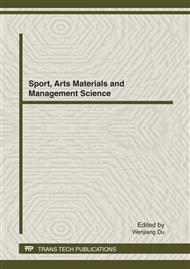p.75
p.79
p.83
p.91
p.96
p.101
p.106
p.112
p.117
Mathematical Model of Three-Phase Boost Converter
Abstract:
Now the nonlinear control strategy used by a lot of power electronic converters is not dependent on the mathematical model of the system. They are only based on the error of control variables to control the output voltage or other variables, and this leads to the shortcomings of poor control and not easy to optimize. The fundamental reason is that they are not based on the mathematical model of converter topology structure. This paper presents a new way to build mathematical model. The paper established the unified mathematical model of the three-phase Boost converter topology structure by studied the three-phase Boost converter topology structure deeply and based on the law of conservation of energy and combined with small-signal modeling analysis method, and done the systematic analysis for it. The analysis method is also applicable to other converter topology, such as the buck, buck-boost, etc., and the model not only can be used in the controller design, can also provide a theoretical basis for the applications of a new nonlinear control strategy.
Info:
Periodical:
Pages:
96-100
Citation:
Online since:
April 2012
Authors:
Price:
Сopyright:
© 2012 Trans Tech Publications Ltd. All Rights Reserved
Share:
Citation:


